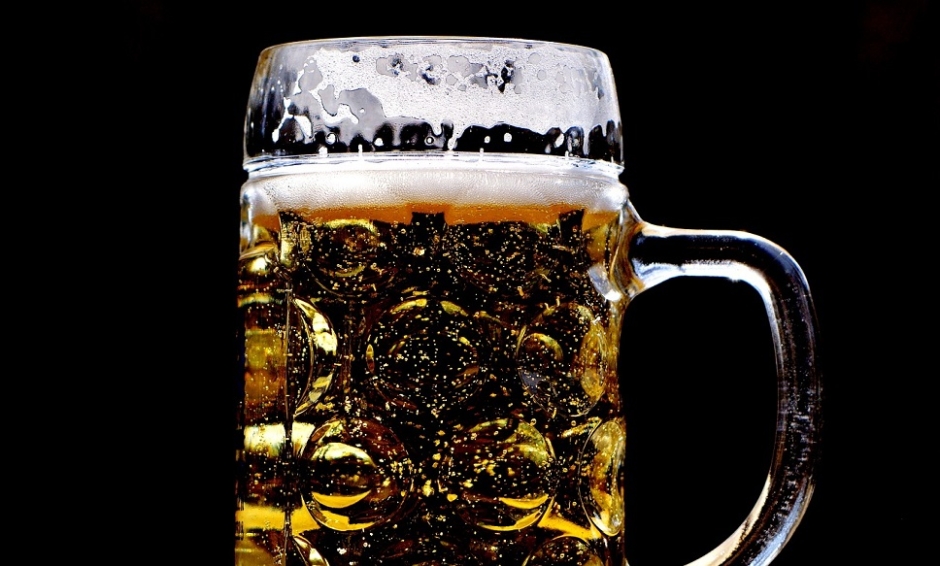CURRENT recommendations for the safe cut-off of alcohol consumption may need to be revised after a study in Sweden suggested that levels of drinking during late adolescence can predict the risk of liver disease developing in men. It was discovered that significant long-term risks occurred following consumption at lower levels than many guidelines suggest are safe for men.
Method
In the study, the researchers assessed the relationship between severe liver disease and alcohol consumed early in life using data from a nationwide population study taken between 1969 and 1970 of 49,000 Swedish men, aged from 18–20, who were conscripted into military service. Then, records in the National Patient Register and Causes of Death Register were analysed to establish how many of these men had developed severe liver disease after 39 years follow-up, up to the end of 2009. Adjustments were made for BMI, smoking, narcotic use, cognitive ability, and cardiovascular capacity.
Dose-Dependent Risk
Of the participants, 383 had developed severe liver disease 39 years later, with the risk found to be dose dependent. The risk was particularly evident in men who consumed two drinks per day (around 20 grams or more) and no sign of a threshold effect was observed. Before the results were adjusted, there was significant risk of severe liver disease from daily alcohol consumption as low as 6 grams per day.
Revising Guidelines
Currently, guidelines in many countries suggestion that safe levels of alcohol consumption to avoid alcoholic liver disease in men is 30 grams; roughly three drinks. Amending these could therefore potentially reduce the numbers of men who go on to develop the condition. Lead Investigator Dr Hannes Hagström commented: “If these results lead to lowering the cut-off levels for a ‘safe’ consumption of alcohol in men, and if men adhere to recommendations, we may see a reduced incidence of alcoholic liver disease in the future.”
Targeted Interventions
Further studies are required to understand whether there is a similar correlation in women. The findings also add to existing knowledge about the risks of alcoholic consumption at a younger age, which could aid targeted interventions that identify and advise excessive drinkers.
James Coker, Reporter
For the source and further information about the study, click here.








